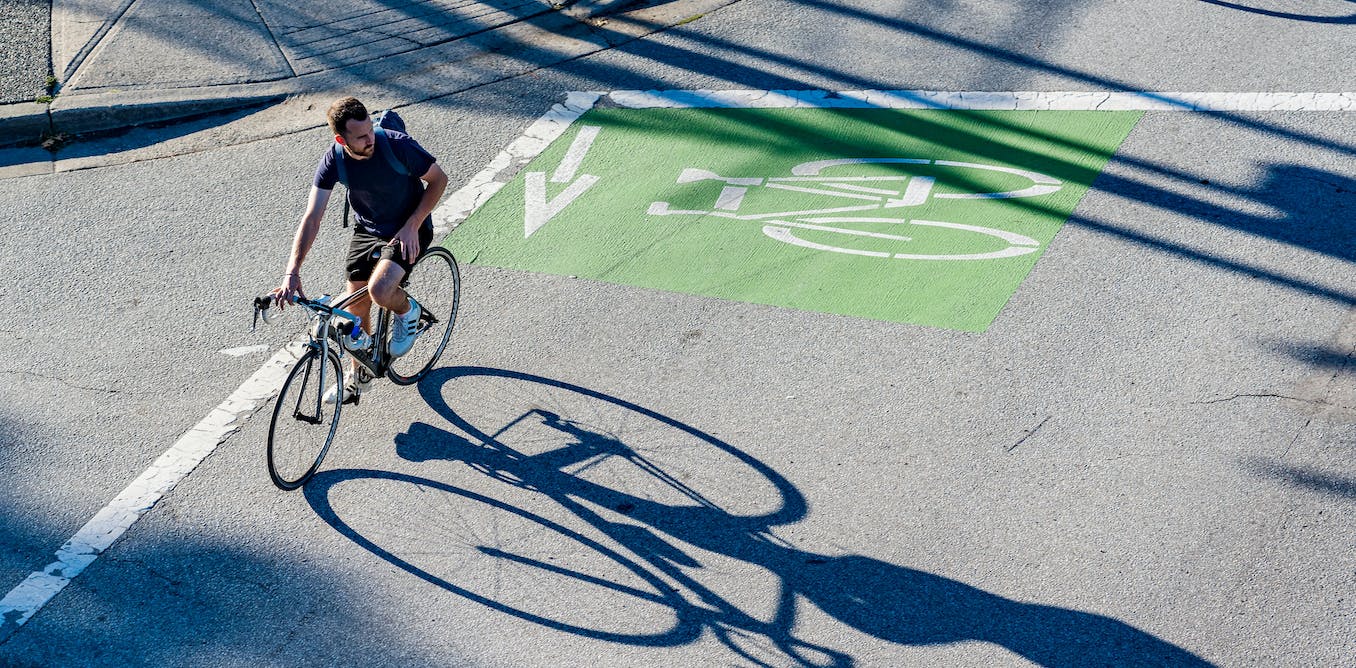Globally, only one in 50 new cars were fully electric in 2020, and one in 14 in the UK. Sounds impressive, but even if all new cars were electric now, it would still take 15-20 years to replace the world’s fossil fuel car fleet.
The emission savings from replacing all those internal combustion engines with zero-carbon alternatives will not feed in fast enough to make the necessary difference in the time we can spare: the next five years. Tackling the climate and air pollution crises requires curbing all motorised transport, particularly private cars, as quickly as possible. Focusing solely on electric vehicles is slowing down the race to zero emissions.



Right, so they still get reduced range in the cold. I now understand the “why” part of it.
Except that in extreme cold like the region gets where I live, apparently you do actually need to warm up the battery if you want it to take a charge.
As for Tesla, that’s a non-starter for me. Even setting aside my feelings about their CEO, the build quality isn’t something I’d accept anyways even if there was an option that was viable in my case.
The bottom line is that the cost of entry, lack of an option that comfortably carries 5 people and a large dog, and the lack of charging infrastructure (in my area at least) are barriers that most people don’t want to, or can’t deal with.
I do agree that we need an option to phase out ICE vehicles, but we’re just not there yet for a whole lot of people.
Yes for fast charging (>50kW) the battery needs to be warm so it doesn’t get damaged, this goes for all EVs and isn’t Tesla-specific.
But yeah EV range is an issue for some, although not the vast majority. For most people, these issues are theoretical because they so rarely actually use their car in a way that they would encounter them. In reality it’s only an inconvenience they might encounter a few times per year, if at all. Most driving by far is done well within winter range of any EV on the market, if you have the ability to either charge at home or at work with “slow” AC charging.